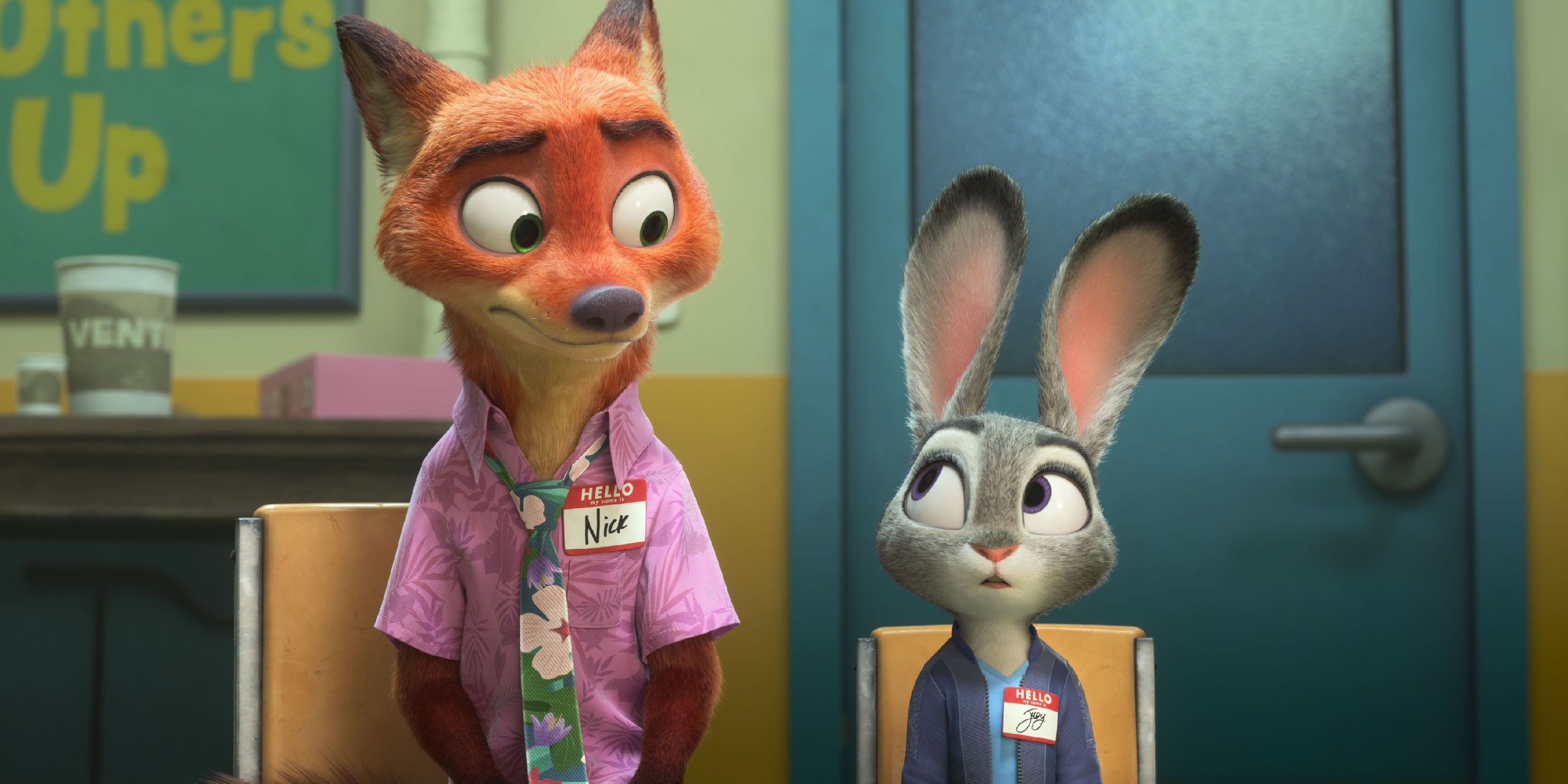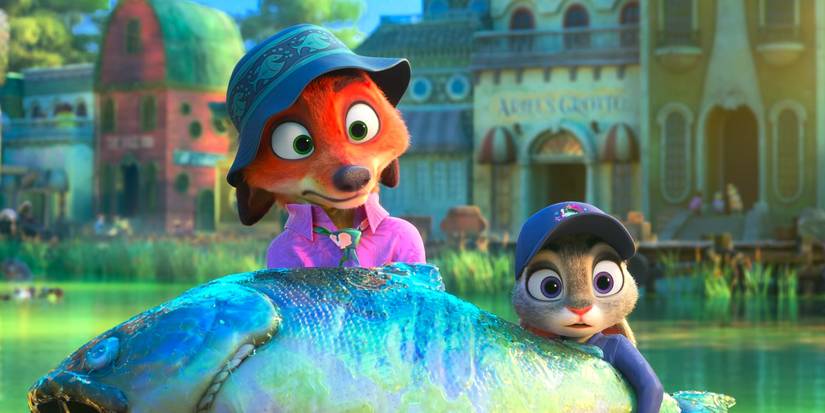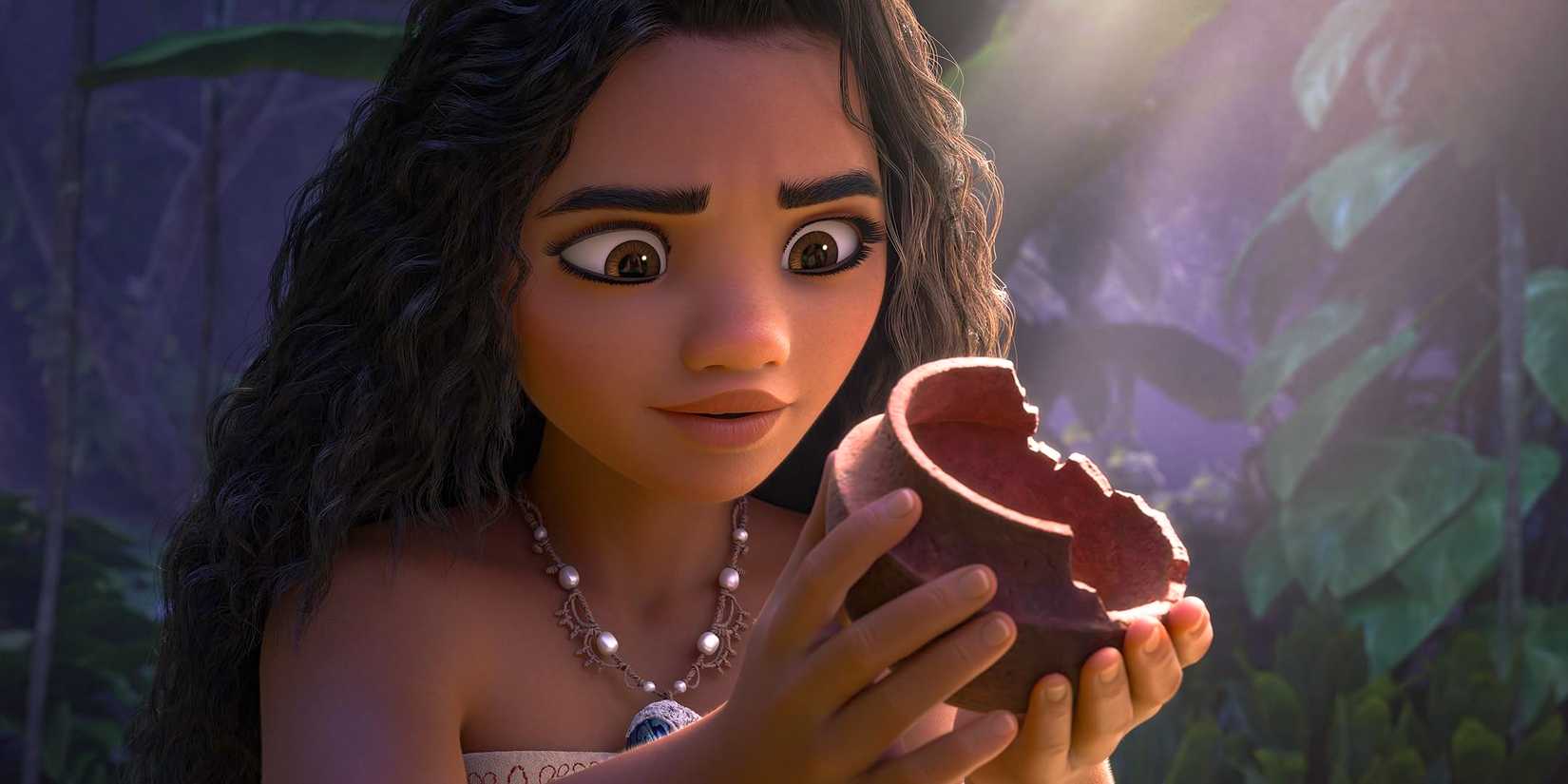
When a movie is a big success in Hollywood and could become a long-running series, studios usually rush to make sequels. They want to take advantage of viewers’ excitement while it’s still high. These days, if a sequel isn’t released within three or four years of the original, people assume there’s a problem.
The highly anticipated sequel, Zootopia 2, is what’s generating excitement. Coming nine years after the first film, Walt Disney Animation’s new movie, scheduled for release on November 26th, has people wondering if audiences are still interested in the world of Zootopia and whether it can achieve box office success.
Given the years that have passed and the fact that the first Zootopia didn’t become a huge cultural phenomenon, it’s puzzling why Disney took so long to start making a sequel. However, this delay actually fits with Disney’s overall approach to its animated films, and considering their recent successes, it’s hard to disagree with their strategy.
Disney’s History With Releasing Animated Sequels Is Unique

Successful animated movie series typically release new films every three to four years. For example, Illumination spaced out the first two Despicable Me sequels by three or four years, and DreamWorks consistently released new Shrek movies every three years between 2001 and 2010.
Disney does things differently, though. Typically, their animated movie sequels, such as a potential Zootopia 2, are released more than five years after the original film.
When it comes to sequels released in theaters, Disney was initially very slow to revisit its animated classics. For example, Fantasia 2000 didn’t come out until 59 years after the first Fantasia, Return to Neverland followed Peter Pan by 49 years, and even The Jungle Book 2 took 36 years to arrive.
| Sequel Movie (Year) | Gap From Last Installment |
|---|---|
| Toy Story 2 (1999) | 4 years |
| Fantasia 2000 (1999) | 59 years |
| Return to Never Land (2002) | 49 years |
| The Jungle Book 2 (2003) | 36 years |
| Toy Story 3 (2010) | 11 years |
| Cars 2 (2011) | 5 years |
| Monsters University (2013) | 12 years |
| Finding Dory (2016) | 13 years |
| Cars 3 (2017) | 6 years |
| Incredibles 2 (2018) | 14 years |
| Ralph Breaks the Internet (2018) | 6 years |
| Toy Story 4 (2019) | 9 years |
| Frozen II (2019) | 6 years |
| Inside Out 2 (2024) | 9 years |
| Moana 2 (2024) | 8 years |
| Zootopia 2 (2025) | 9 years |
The fastest turnaround for a Disney animated sequel is actually Toy Story 2, released just four years after the original. But that film was made before Disney bought Pixar. Since Disney acquired Pixar in 2006, Pixar has generally spaced out its sequels more, similar to Disney’s typical approach.
The time between Cars 2 and its predecessor was the shortest wait for any Disney animated sequel – just five years. Ralph Breaks the Internet (six years after Wreck-It Ralph), Cars 3, and Frozen II all had similarly short gaps and are unusual for Disney/Pixar. On average, Disney animated sequels released since 2006 arrive nine years after the original film – the same timeframe currently projected for Zootopia 2.
Disney is sticking with this strategy for its upcoming movies. For example, Toy Story 5 is planned for release seven years after Toy Story 4, and Frozen 3 will arrive eight years after Frozen 2. We won’t see Incredibles 3 until 2028—a decade after the second film—and Coco 2 is slated for 2029, twelve years after the original.
Considering Disney’s typical approach to filmmaking, the nine-year wait for Zootopia 2 makes more sense. Despite concerns about so many sequels, Disney doesn’t seem to release them quickly just to have more content. They actually space them out further than many other studios.
Disney’s Longer Release Gaps Pay Off At The Box Office
 Image via Disney
Image via Disney
Disney often takes its time releasing sequels to animated films, which eases some worries about a potential Zootopia 2. However, there’s still concern that audiences might not be as interested after a long wait. Recent box office numbers suggest this isn’t necessarily a problem, though.
As a big Disney fan, I’ve always found it interesting that most of their animated sequels actually outgrossed the original movies – and that’s just looking at the raw numbers, not even accounting for inflation! There were only two exceptions: The Jungle Book 2 and Cars 3 didn’t quite measure up. But it’s not like these sequels just made a little bit more money either – a lot of them went on to become massive hits, clearing a billion dollars at the box office!
This trend has only been consistent for the past ten years. Since 2016, Disney has released eight animated sequels in theaters, and six of them have earned over $1 billion at the box office. That includes the four most recent releases: Toy Story 4, Frozen II, Inside Out 2, and Moana 2.
A sequel to Zootopia is expected to continue the success of the original film, which earned over $1 billion worldwide. Early forecasts predict a strong opening weekend – exceeding $100 million domestically over Thanksgiving. Projections from Cinelytic suggest the film could earn over $400 million domestically, potentially reaching over $1 billion globally.
While Zootopia is popular, it doesn’t have as large of a dedicated fanbase as some of Disney’s most successful franchises. Even if a sequel doesn’t perform as well as the first movie—which benefited from being released when movie theaters were thriving—it wouldn’t be considered a disappointment as long as it’s reasonably successful.
Disney is setting up the film for success with its release during a popular holiday weekend and a marketing push that’s just getting started. It’s expected to be the family movie of the season, and despite the long wait, early indicators suggest Zootopia 2 will be a huge hit.
Read More
- Brawl Stars December 2025 Brawl Talk: Two New Brawlers, Buffie, Vault, New Skins, Game Modes, and more
- Clash Royale Best Boss Bandit Champion decks
- Best Hero Card Decks in Clash Royale
- Call of Duty Mobile: DMZ Recon Guide: Overview, How to Play, Progression, and more
- Clash Royale December 2025: Events, Challenges, Tournaments, and Rewards
- Best Arena 9 Decks in Clast Royale
- Clash Royale Witch Evolution best decks guide
- Clash Royale Best Arena 14 Decks
- Decoding Judicial Reasoning: A New Dataset for Studying Legal Formalism
- Brawl Stars December 2025 Brawl Talk: Two New Brawlers, Buffie, Vault, New Skins, Game Modes, and more
2025-10-23 17:11